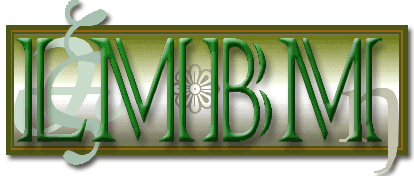Aronoff (1994) distinguishes a
lexeme based morphology from
morpheme based theories. The latter 'reduce[s] language to simplex signs, each of which is an arbitrary union of sound and meaning', i.e. the 'morpheme'. Lexeme-based morphology, on the other hand, 'starts from two decidedly unstructuralist assumptions: that the morpheme is not the basic unit of language and that morphology and syntax are not one and the same.' Morpheme-based morphology, in other words, assumes that language contains only one type of meaningful unit, the morpheme, which includes stems and affixes, all of which are signs. Lexeme-based morphology assumes that only lexemes, derived or underived, are signs, and that affixes, reduplication, revowelling, metathesis, subtraction, stem mutation, and the like, are means of phonologically marking independent derivational operations which a lexeme might have undergone. Lexeme-based morphology, it follows, assumes the Separation Hypothesis, that assumption that the derivation of meaning and the realization of phonological marking are distinct processes in ord-formation. Advocates of morpheme-based morphology include Lieber (
1992), Bresnan (
1982), DiSciullo and Williams (
1987), Selkirk (
1982), and Scalise (
1986). The leading advocates of lexeme-base morphology are Aronoff (
1976, 1994), Anderson (
1992), Beard (
1966-1995), Halle and Marantz (
1993), Zwicky (
1989) and Stump (
1991).

